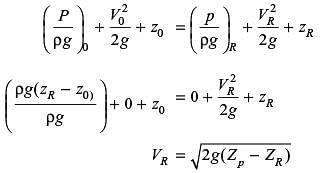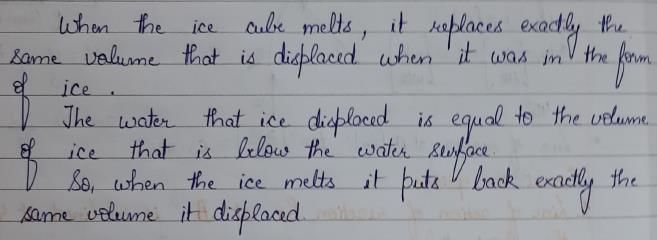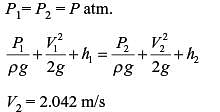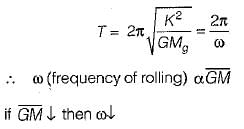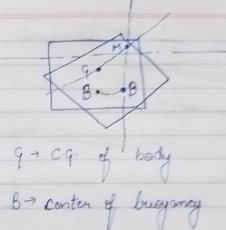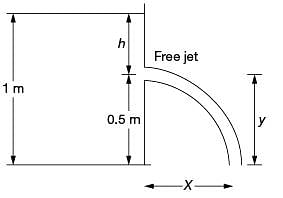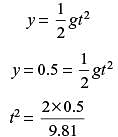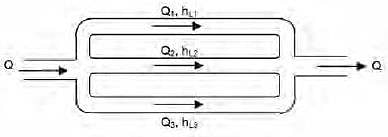Test: Buoyancy & Floatation - 1 - Mechanical Engineering MCQ
15 Questions MCQ Test Fluid Mechanics for Mechanical Engineering - Test: Buoyancy & Floatation - 1
A solid sphere of radius R and average mass density ρi is completely submerged in a tank filled with a liquid of mass density ρw with ρi > ρw- The sphere is held in place by string attached to the bottom of tank. The tension in the string is
If B = Center of buoyancy, G = Center of gravity and M= Metacenter, of afloating body, the body will be in stable equilibrium if
A siphon is used to drain water from a large tank shown in the figure. Assume that the level of water is maintained constant. Ignore frictional effect due to viscosity and losses at entry and exit. At the exit of the siphon, the velocity of water is
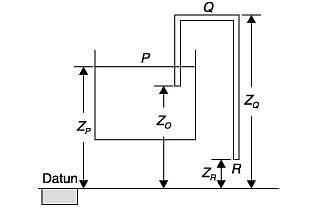

A metal block is thrown into deep lake. As it sinks deeper in water, the buoyant force acting on it
When a block of ice floating on water in a container melts, the level of water in the container
An ideal water jet with volume flow rate of 0.05 m3/s strikes a flat plate placed normal to its path and exerts a force of 1000 N. Considering the density of water as 1000 kg/m3, the diameter (in mm) of the water jet is _____
When a ship enters sea from a river one can expect it
For warship, metacentric height of a ship should vary between
A sprue in a sand mould has a top diameter of 20 mm and height of 200 mm. The velocity of the molten metal at entry of the sprue is 0.5 m/s. Assume acceleration due to gravity as 9.8 m/s2 and neglect all losses. If the mould is well ventilated the velocity (upto 3 decimal points accuracy) of the molten metal at the bottom of the sprue is ____m/s.
The metacentric height of a passenger ship is kept water lower than that of a naval or a cargo ship. This is because
A tank open at the top with a water level of 1 cm, as shown in the figure, has a hole at a height of 0.5 m. A free jet leaves horizontally from the smooth hole. The distance X (in m) where the jet strikes the floor is
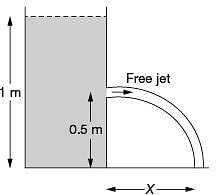
Three parallel pipes connected at the two ends have flowrates Q1, Q2, and Q3, respectively, and the corresponding frictional head losses are hL1, hL2, and hL3 respectively. The correct expressions for total flow rate (Q) and frictional head loss across the two ends (hL) are
|
56 videos|106 docs|75 tests
|







